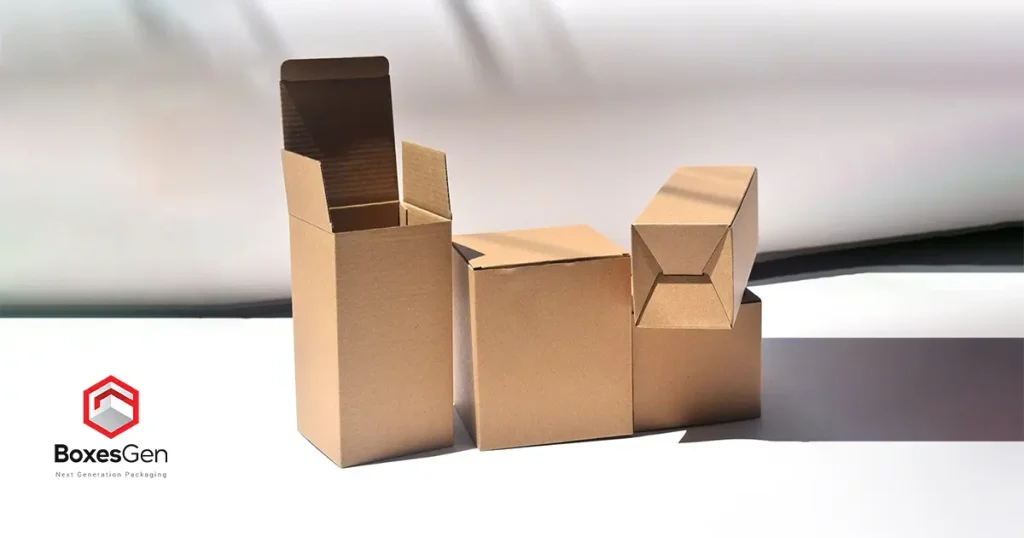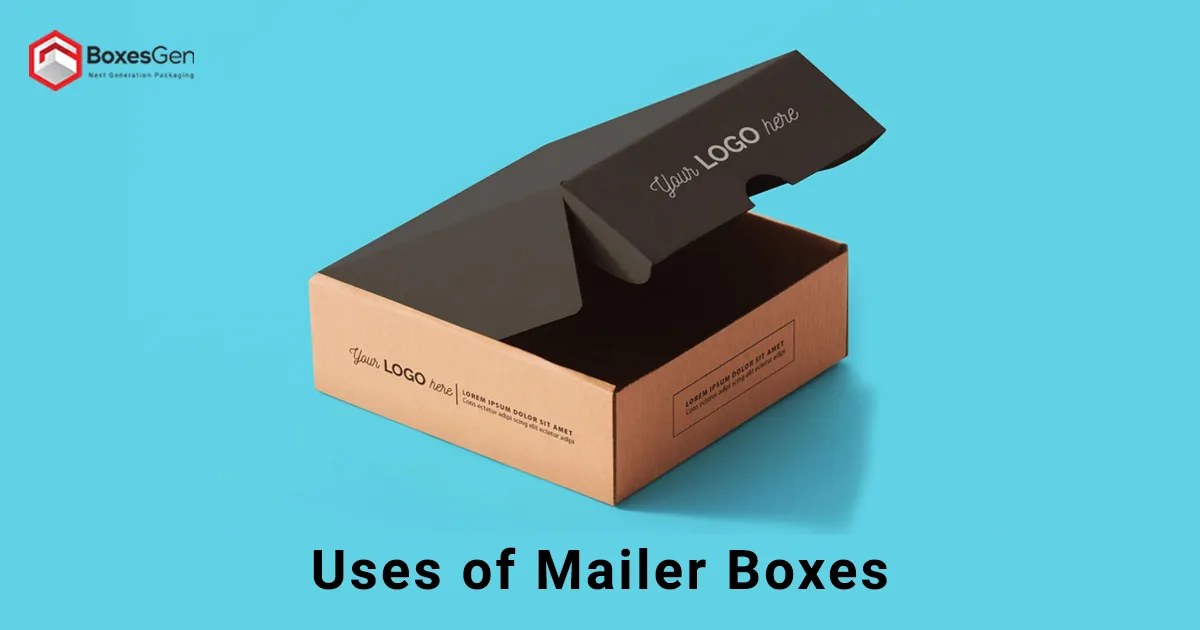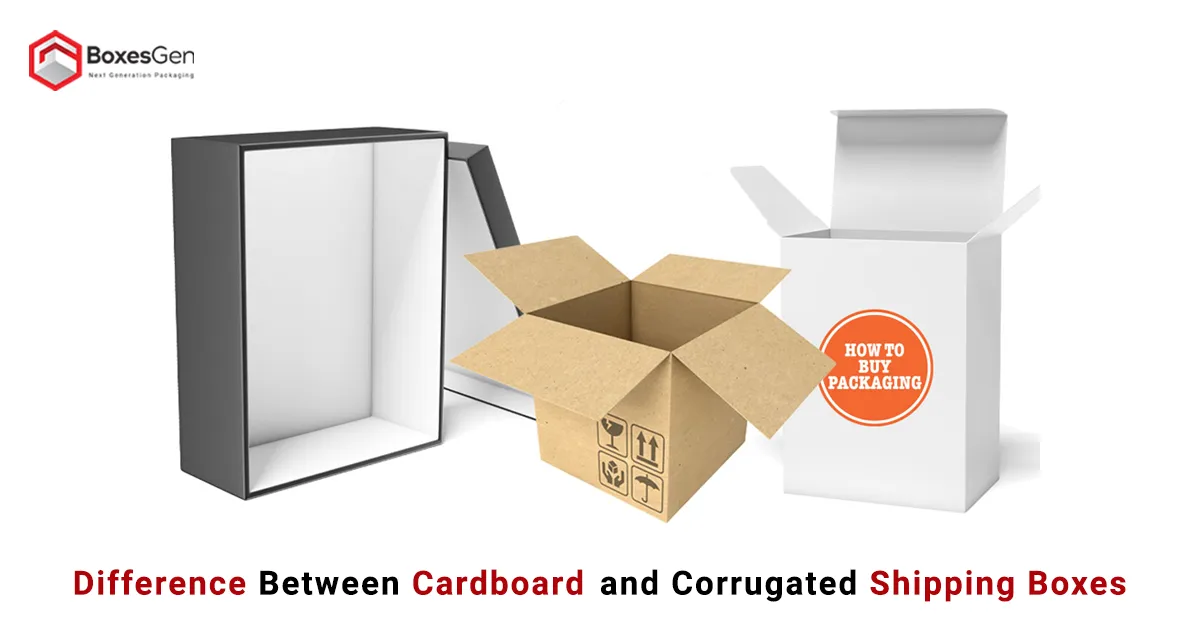Step-by-Step Guide to Custom Cardboard Box Manufacturing Process
Cardboard Boxes are an essential component of the packaging industry, serving various purposes, including shipping, storage, and retail displays. Manufacturing custom cardboard boxes involves several intricate steps that ensure the production of high-quality, durable, and eco-friendly packaging solutions. This article will delve into the step-by-step guide to manufacturing custom cardboard boxes, focusing on their importance in the packaging industry.
1. Material Selection
The first crucial step in the cardboard box manufacturing process is material selection. The primary material used is corrugated cardboard, which consists of three layers: the inner liner, outer liner, and corrugated medium. The thickness and strength of the cardboard vary based on the intended purpose of the box. The design and dimensions of the cardboard box are also considered at this stage.
2. Preparing the Cardboard Sheets
Once the appropriate materials are selected, the next step is to prepare the cardboard sheets. The process begins by cutting large rolls of corrugated cardboard into manageable-sized sheets. These sheets will later undergo various treatments, such as cleaning and smoothing, to ensure their proper functionality during manufacturing.
3. Printing and Designing
White Cardboard Boxes often require unique designs and branding elements. This step involves printing the desired graphics, logos, product information, and other designs onto the prepared cardboard sheets. Advanced printing techniques, such as offset and digital printing, are commonly used to achieve high-quality results.
4. Die-Cutting
Die-cutting is a crucial process that shapes the cardboard sheets into the desired box structure. Custom cardboard boxes come in a wide array of shapes and sizes. A die-cutting machine uses sharp steel blades to cut the cardboard precisely according to the specified dimensions and design. This step ensures consistency and accuracy in the production process.
5. Creasing and Slotting
After die-cutting, the cardboard sheets undergo creasing and slotting processes. Creasing involves creating indentation lines on the cardboard, making it easier to fold and assemble the box. Slotting creates the necessary tabs and slots on the cardboard sheets, which will later interlock during the box assembly process.
6. Gluing and Laminating
Gluing and laminating processes are employed to ensure the custom cardboard boxes’ structural integrity and durability. A special adhesive is applied to the appropriate parts of the cardboard sheets, which are then pressed together to form the box. Lamination may also be added to enhance the box’s resistance to moisture and provide a glossy finish.
7. Cutting and Trimming
Once the Black Cardboard Boxes are assembled, excess material is trimmed, and the boxes are cut to their final dimensions. This step ensures uniformity and prepares the boxes for further processing or packaging.
8. Quality Control
Quality control is integral to the manufacturing process to ensure that the custom cardboard boxes meet the desired standards. Each box undergoes a series of inspections to check for dimensional accuracy, proper gluing, printing quality, and overall structural soundness.
9. Additional Finishing Touches
Additional finishing touches may be added to the cardboard boxes depending on the specific requirements. This may include embossing or debossing to create a textured effect, adding windows for product visibility, or applying special coatings for extra protection.
10. Packaging and Distribution
Once the custom cardboard boxes have passed the quality control checks and the finishing touches are complete, they are ready for packaging and distribution. The cardboard boxes are carefully stacked, packaged, and prepared for shipment to their intended destinations.
Importance of Custom Cardboard Boxes in the Packaging Industry
The manufacturing process of custom cardboard boxes plays a vital role in the packaging industry for several reasons:
1. Versatility: Custom cardboard boxes can be tailored to various sizes, shapes, and designs, catering to the diverse needs of different industries. They offer flexible packaging solutions, accommodating products of varying dimensions and requirements.
2. Protection: Cardboard Tissue Boxes protect the packaged goods during transit and storage. The sturdy structure, combined with proper cushioning materials, safeguards the products from external impacts, reducing the risk of damage.
3. Branding and Marketing: Custom cardboard boxes are valuable for branding and marketing efforts. The ability to print logos, product information, and eye-catching designs on the boxes helps businesses enhance their brand visibility and create a memorable impression on customers.
4. Sustainability: Cardboard boxes are eco-friendly packaging solutions made from recyclable materials. The manufacturing process minimizes waste, and the cardboard boxes can be recycled or repurposed, contributing to a more sustainable environment.
11. Customization Options

One of the key advantages of custom cardboard boxes is the wide range of customization options available. Businesses can choose from various printing techniques, such as lithographic or flexographic printing, to achieve the desired visual impact on their packaging. Additionally, special finishes like foil stamping, spot UV coating, or embossing can be applied to add a touch of elegance and sophistication to the boxes.
Moreover, Custom-Printed Cardboard Boxes can be tailored to include additional features such as handles, inserts, or windows. Handles facilitate easy transportation of the boxes, especially for heavier or bulkier products. Inserts, such as dividers or foam padding, can be included to provide extra protection and secure the items inside the box, preventing any movement during transit. Windows on the boxes allow customers to glimpse the product without opening the packaging, which can be particularly beneficial for retail displays.
12. Efficiency in Manufacturing
The manufacturing process of custom cardboard boxes is designed to be efficient and cost-effective. Advanced machinery, such as automated die-cutting and gluing machines, are used to streamline the production process, ensuring precision and reducing the time required for manufacturing. Computer-aided design (CAD) software also helps optimize material utilization, minimizing waste and maximizing efficiency.
Efficiency is further enhanced through lean manufacturing principles, emphasizing continuous improvement, waste reduction, and streamlined workflows. By implementing efficient manufacturing practices, cardboard box manufacturers can meet high production demands while maintaining quality standards.
13. Industry-Specific Requirements
Different industries have specific packaging requirements, and custom cardboard boxes can be tailored to meet those needs. For example, the food industry may require cardboard boxes that are food-safe and moisture-resistant. In contrast, the pharmaceutical industry may demand boxes with tamper-evident features to ensure product integrity.
The electronics industry often requires anti-static or conductive cardboard boxes to protect sensitive electronic components from electrostatic discharge. Similarly, the e-commerce sector relies on custom cardboard boxes that are easy to assemble, stackable, and provide a positive unboxing experience for customers.
By understanding the unique requirements of various industries, cardboard box manufacturers can collaborate with businesses to develop packaging solutions that cater specifically to their needs.
14. Supply Chain Considerations
Custom cardboard box manufacturers play a crucial role in the supply chain process. They work closely with businesses to ensure that the packaging solutions align with the logistical requirements of the products.
Efficient design and optimization of the cardboard boxes’ dimensions can maximize space utilization during shipping and warehousing. This can help reduce transportation costs and improve overall supply chain efficiency. Furthermore, lightweight yet durable cardboard boxes can minimize the overall weight of shipments, resulting in lower shipping costs and reduced environmental impact.
Collaboration between cardboard box manufacturers and businesses throughout the supply chain ensures that packaging solutions are aligned with logistical considerations, creating a seamless and efficient process from production to delivery.
Final Words
The manufacturing process of Custom Cardboard Gable Boxes involves a series of intricate steps, from material selection to packaging and distribution. Each stage is carefully executed to ensure the production of high-quality, durable, and versatile packaging solutions. Custom cardboard boxes play a vital role in the packaging industry, providing protection, branding opportunities, and eco-friendly alternatives. By understanding the step-by-step guide outlined in this article, businesses can make informed decisions when manufacturing custom cardboard boxes for their needs.
Frequently Asked Questions
What Are The Advantages Of Using Custom Cardboard Boxes Over Standard Packaging Options?
Custom cardboard boxes offer several advantages, including versatility in size and design, enhanced branding opportunities, excellent product protection, and eco-friendliness. They can be tailored to meet specific packaging needs and provide customers with a unique and memorable unboxing experience.
How Can Custom Cardboard Boxes Be Customized to Suit Different Industries?
Custom cardboard boxes can be customized to meet various industries’ specific requirements. This can include features like food-safe coatings for the food industry, tamper-evident designs for pharmaceutical products, or anti-static properties for electronics. Additionally, customization options such as printing techniques, finishes, handles, inserts, and windows can be incorporated to align with industry-specific needs.
What Steps Are Involved in The Manufacturing Process of Custom Cardboard Boxes?
The manufacturing process includes material selection, preparation of cardboard sheets, printing and designing, die-cutting, creasing and slotting, gluing and laminating, cutting and trimming, quality control, and additional finishing touches. Each step is essential to produce high-quality, durable, visually appealing custom cardboard boxes.
How Does the Manufacturing Process of Custom Cardboard Boxes Contribute To Sustainability?
The manufacturing process of custom cardboard boxes promotes sustainability in several ways. It involves using recyclable materials, such as corrugated cardboard, which can be recycled or repurposed. The process also minimizes waste through efficient material utilization and emphasizes eco-friendly practices. Businesses can demonstrate their commitment to environmental responsibility by opting for custom cardboard boxes.
How Can Custom Cardboard Boxes Optimize the Supply Chain Process?
Custom cardboard boxes can optimize the supply chain by aligning with logistical requirements. Their efficient design and dimensions can maximize space utilization during shipping and warehousing, reducing transportation costs. Lightweight yet durable cardboard boxes can also minimize overall weight, resulting in cost savings and reduced environmental impact. Collaborating with cardboard box manufacturers to develop packaging solutions that meet supply chain needs can lead to a seamless and efficient process from production to delivery.
References
Science Direct
https://www.sciencedirect.com/topics/engineering/cardboard
Journal of Applied Packaging Research
https://scholarworks.rit.edu/cgi/viewcontent.cgi?referer=&httpsredir=1&article=1071&context=japr
Intouch








